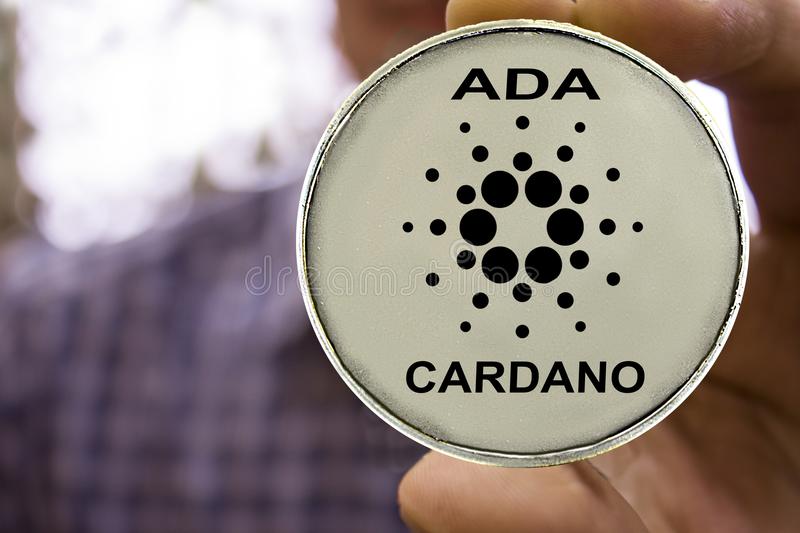
The growing adaption of crypto coins could have passed unnoticed. These days, we can deal with cryptocurrencies in many areas of our lives even if we don’t actually trade or invest them. You can use them as fast and convenient payment methods, stores of value, or simple rewards that can be exchanged easily within a decentralized ecosystem.
Since the number of tokens is constantly growing, it’s important to focus your attention on some of the well-established candidates and compare them to find which one is more efficient. In today’s review, we will take a closer look at the comparison of Cardano’s ADA and Ripple’s XRP.
Solid Presence VS Volatile Future
Cardano’s ADA and Ripple’s XRP present a fascinating comparison in the realm of cryptocurrencies, each with its distinct attributes that attract different types of investors. While Cardano has established a solid presence in the market, Ripple’s XRP continues to navigate a somewhat volatile future.
Despite the current state of Ripple, it’s worth noting that nobody saw it coming. Actually, it was one of the first blockchain-based solutions that tried to reach beyond the crypto market and established good relationships with different companies and institutions, including banks. However, the future of Ripple is seen as somewhat blurred by many experts since it was delisted from Coinbase — one of the biggest and most respectable cryptocurrency exchanges in the world.
Smart VS Swift
Cardano’s ADA is often touted for its innovative approach to smart contracts. Its development is rooted in a rigorous scientific philosophy, aiming to provide a secure and scalable platform for building decentralized applications. Cardano’s unique layered architecture and emphasis on formal verification set it apart, offering a robust framework that seeks to overcome scalability and interoperability challenges.
In contrast, Ripple’s XRP boasts swiftness as its hallmark. Designed primarily as a digital payment protocol, XRP aims to facilitate quick and cost-effective cross-border transactions. With an emphasis on real-time settlement, XRP aims to enhance the efficiency of international payments, making it an attractive choice for financial institutions seeking to optimize their remittance processes.
Considering these features of both platforms, we dare say that their combination would solve an ultimate blockchain platform. This is what teams behind both solutions are working for right now: Cardano is going to enable faster execution while Ripple needs more boosted functional features to remain competitive.
Centralization VS Decentralization
The comparison between ADA and XRP underscores the broader debate of centralization versus decentralization within the cryptocurrency space. Cardano places a significant emphasis on decentralization, with its consensus mechanism designed to encourage wide participation in network maintenance. This aligns with the ethos of cryptocurrencies, aiming to distribute power and decision-making among the network participants.
On the other hand, Ripple’s XRP has faced criticisms regarding its degree of centralization, largely due to the role that Ripple, the company behind XRP, plays in network governance. While XRP’s centralized nature has facilitated collaborations with financial institutions, it also raises questions about the fundamental principles of blockchain decentralization.
Unique Payment Protocol VS “Ethereum Killer”
Cardano’s ADA stands out for its unique approach to payment protocols and smart contracts. Its focus on academic research and formal verification has earned it a reputation as a platform that prioritizes security and accuracy. ADA’s goal is not only to offer efficient payments but also to create a comprehensive ecosystem for decentralized applications across various industries.
Ripple’s XRP, often dubbed an “Ethereum Killer,” emerged with the intention of revolutionizing the cross-border payments landscape. Its blockchain technology aims to expedite transactions and reduce the costs associated with traditional remittance methods. While XRP may not have directly positioned itself as a rival to Ethereum, its ambitions within the financial sector have sparked comparisons.
In conclusion, the comparison between Cardano’s ADA and Ripple’s XRP highlights the diversity within the cryptocurrency space. ADA’s emphasis on scientific research and decentralized applications contrasts with XRP’s focus on efficient cross-border payments. As the crypto landscape continues to evolve, both ADA and XRP contribute to the ongoing narrative of innovation and adaptation, catering to different needs within the digital economy.
The Final Thought
Whatever we said in this article, you should always keep in mind that you are the only one who decides which cryptocurrencies or traditional assets to invest in. Study the fundamentals and recent and historical performances of both ADA and XRP coins to make data-driven and informative decisions for your investment portfolio.

